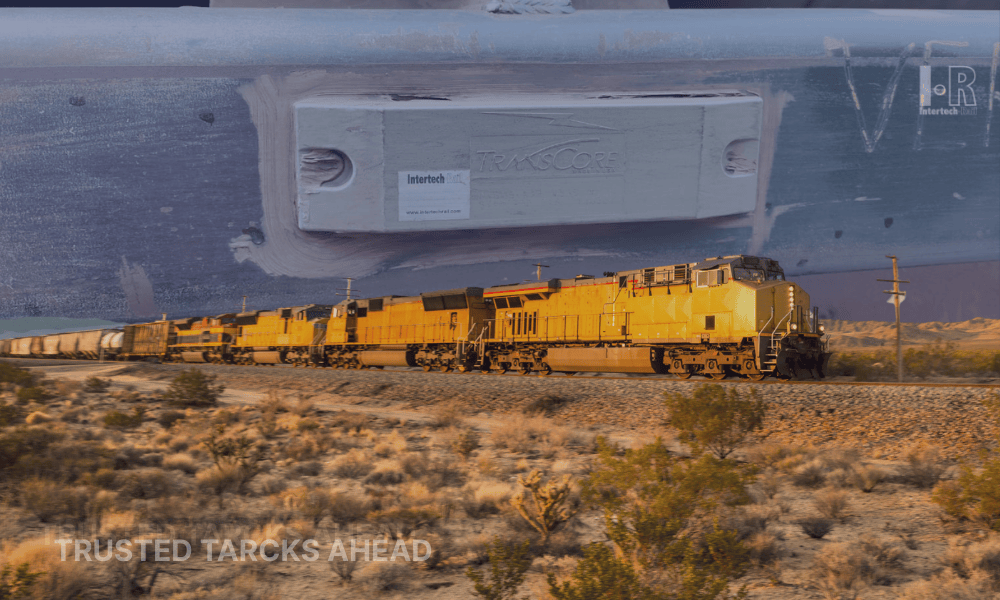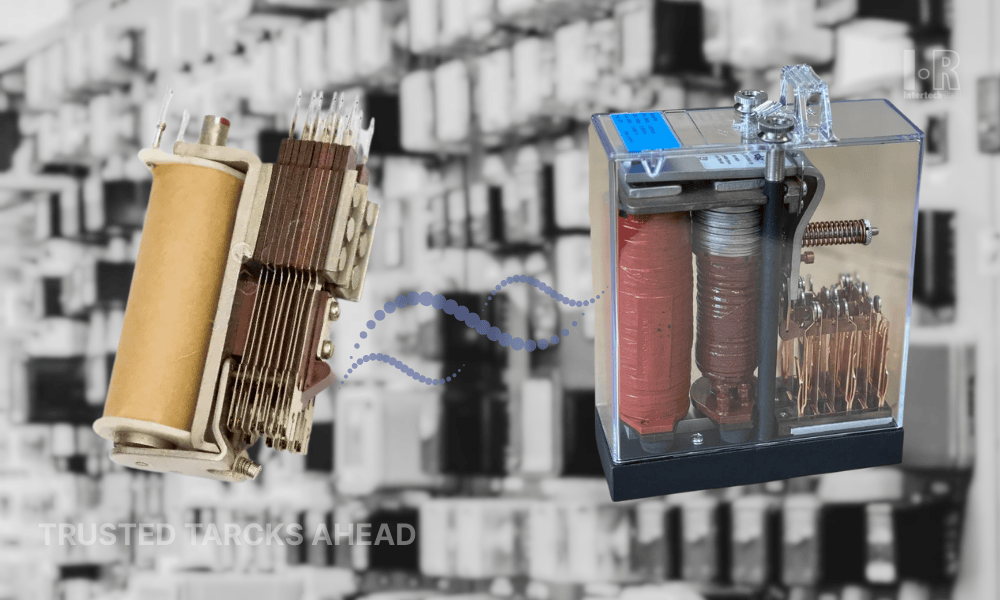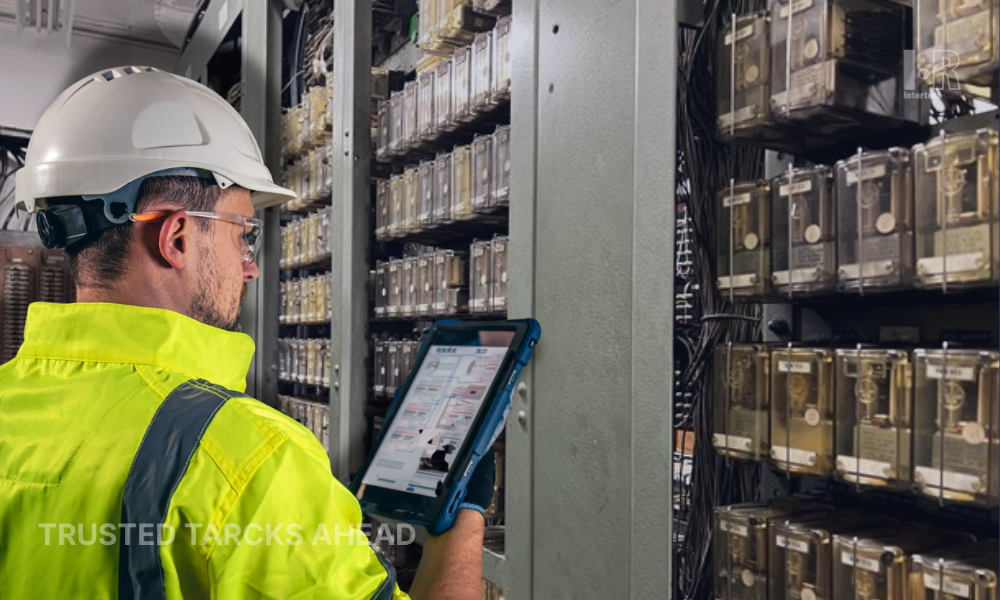Rail Asset Management and Strategic Planning
Rail Asset Management: Maximizing Infrastructure Value Through Strategic Planning

Fundamentals of Railway Asset Management
Every railway depends on assets that last for decades: track, bridges, rolling stock, and signaling. If they are not managed carefully, costs rise and safety margins shrink. That is why rail asset management
is now a priority for operators worldwide. It is no longer seen as “just maintenance.” It is planning, tracking, and making decisions with long-term value in mind.
What Asset Management Involves
In simple terms, the goal is to get more service out of every piece of infrastructure. Operators usually look at three factors side by side:
- Performance: Is the system meeting demand?
- Cost: Are we spending more than expected?
- Risk: What happens if a component fails tomorrow?
Answering those questions with data is the core of asset management. Without good data, decisions are mostly reactive.
Asset Tracking in Daily Operations
Asset tracking changes the picture. RFID tags, GPS units, and IoT sensors give operators a live view of where assets are and how they are behaving.
Examples from the field:
- Switch monitoring helps avoid unexpected failures during peak traffic.
Not every corridor has these tools yet, and data often needs filtering. Still, the visibility is far beyond what was possible with manual inspection alone.
Railway Lifecycle Management
Railway lifecycle management goes further. It looks at the whole journey of an asset: purchase, operation, and retirement.
- In procurement, focus is on lifecycle cost, not just purchase price.
- During operation, condition monitoring tells you when to service.
- At the renewal stage, replacements are timed with budgets and capacity.
This approach prevents nasty surprises and aligns investment with reality.
Why It Matters
The benefits are clear in practice:
1. Fewer emergency repairs.
2. Higher availability of trains and infrastructure.
3. Safer networks thanks to earlier detection of problems.4. Financial planning based on actual conditions.
For example, a freight line moving iron ore can lose millions if a switch fails at the wrong time. With proper tracking and lifecycle planning, maintenance can be scheduled in advance, avoiding lost revenue.
Technology in Support
RFID and monitoring platforms, like those developed by Intertech Rail, help operators put these ideas into practice. They transform raw data into actionable information, making predictive maintenance possible. Instead of reacting to failures, managers can plan interventions ahead of time.
Effective rail asset management extends the life of infrastructure and rolling stock. By combining
asset tracking with structured railway lifecycle management, operators cut costs, improve safety, and get more value from every investment.
For modern railways, this is no longer optional. Strategic planning today secures safer and more competitive networks tomorrow.




